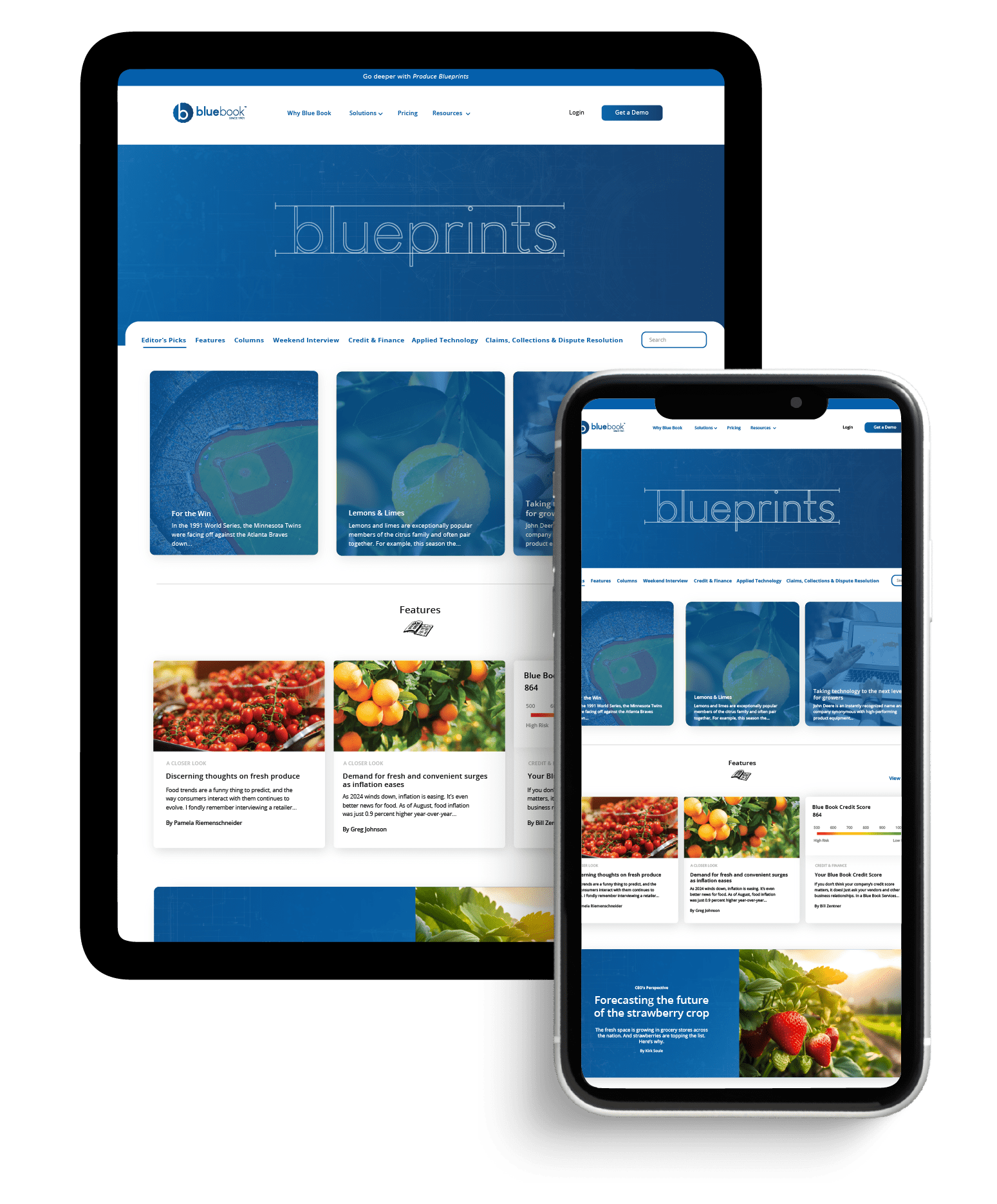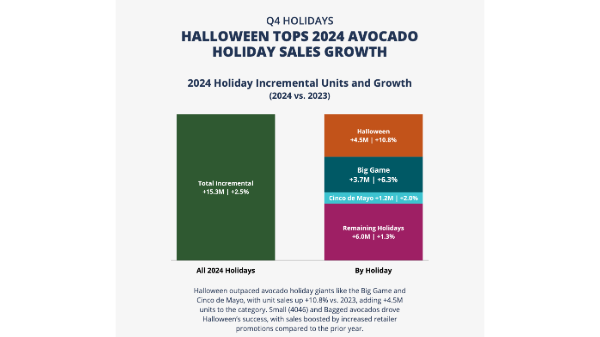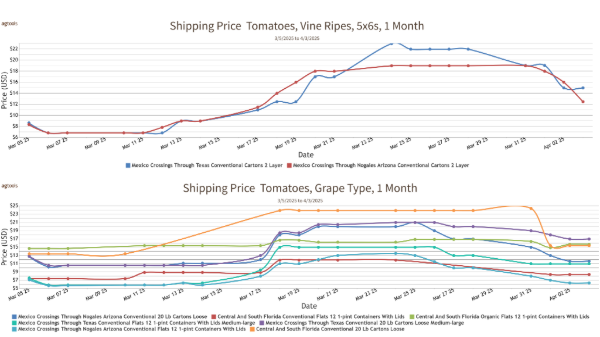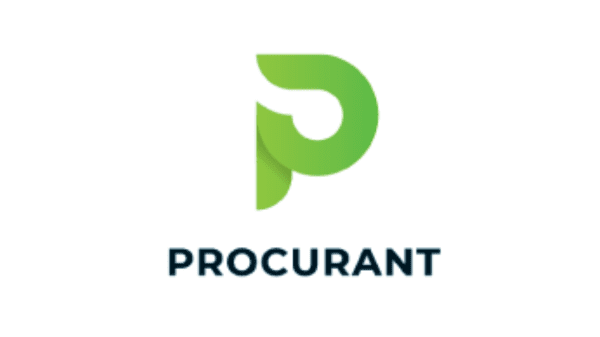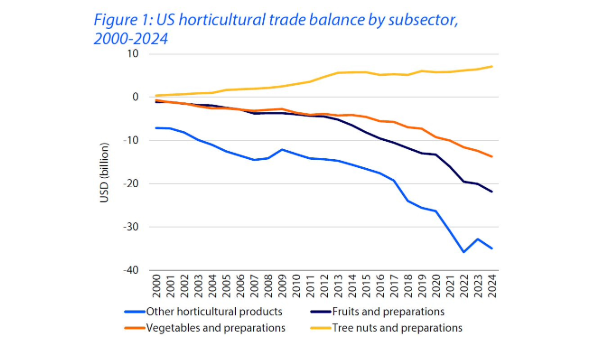Welcome to Blue Book!
Are you ready to join the thousands of companies who rely on Blue Book to drive smarter decisions? View our plans and get started today!
Still have questions? We’d love to show you what Blue Book can do for you. Drop us a line– we’ve been waiting for you.
Heavy reliance on technology is a business risk becoming more acute in the produce industry, according to Ralph Schwartz, director of category management at Potandon Produce, LLC, who cautions that “any hiccup in information technology can be a critical issue.” Adoption of popular supply chain strategies can also be problematic. Lean inventory and just-in-time replenishment rely upon perfect execution of supply chain processes and fail to factor in possible mishaps. “Just-in-time is very efficient, but there’s a fine line between being oversupplied and running out,” says Vaché. “You need effective inventory management to really reduce your risk.”
The final component of internal risk is the failure to investigate potential issues and prepare accordingly. “All companies should have strong contingency plans in place and a very good recall plan,” notes Ed Treacy, vice president of supply chain efficiencies for the Produce Marketing Association. “The plans need to be tested and continually updated because operations change. Companies should make contingency planning part of the culture and the ongoing management process.”
External risks, from outside the company, can negatively impact a business despite its best mitigation efforts. The vast distances from growing fields to store shelves, the number of companies handling the product, and the potential for miscommunication contribute to external challenges.
There is no shortage of external problems to be managed; Kiser and Cantrell cluster them into five types of risk: (1) demand risks stemming from customer purchase volatility and unpredictability; (2) supply risks from sourcing issues and inbound product flow disturbances; (3) environmental risks created by external and often uncontrollable forces; (4) business risks from partner financial issues and quality problems; and (5) physical risks due to the condition and capacity of a supplier’s infrastructure.
Each type of external risk is significant and can negate the most effective internal risk management initiatives, having a direct impact on the supply chain. Incidents will quickly disrupt planned product flows—so it is essential to closely monitor these issues on a regular basis.
The inability to decipher customer needs often leads to supply/demand mismatches. The outcome can be an inventory shortage or surplus, according to Tom Lovelace, executive vice president of McEntire Produce, Inc.: “Unannounced customer promotional activities lead to unanticipated demand increases. The opposite can also happen; customer shifts in product mix will decrease demand for particular items.”
Product quality issues, poor crop yields, and pathogen problems are risks that impact product condition and availability. Unusual weather, regulatory requirements, and competitor activity are just a few of the environmental risks that must be analyzed. “Early frost, hail, and other adverse weather conditions can lead to crop failure,” notes Schwartz. He adds that weather problems can also negatively affect transportation flows and equipment availability.
Given the number of small- and medium-sized produce companies, business failure is a real risk. The financial demise of a supplier can lead to inventory shortages while customer bankruptcies leave invoices unpaid. Vaché notes that reliance on open credit versus cash in advance or letters of credit creates payment risk. “It’s incumbent on everybody to know the financial status of who they are selling to,” he states.


